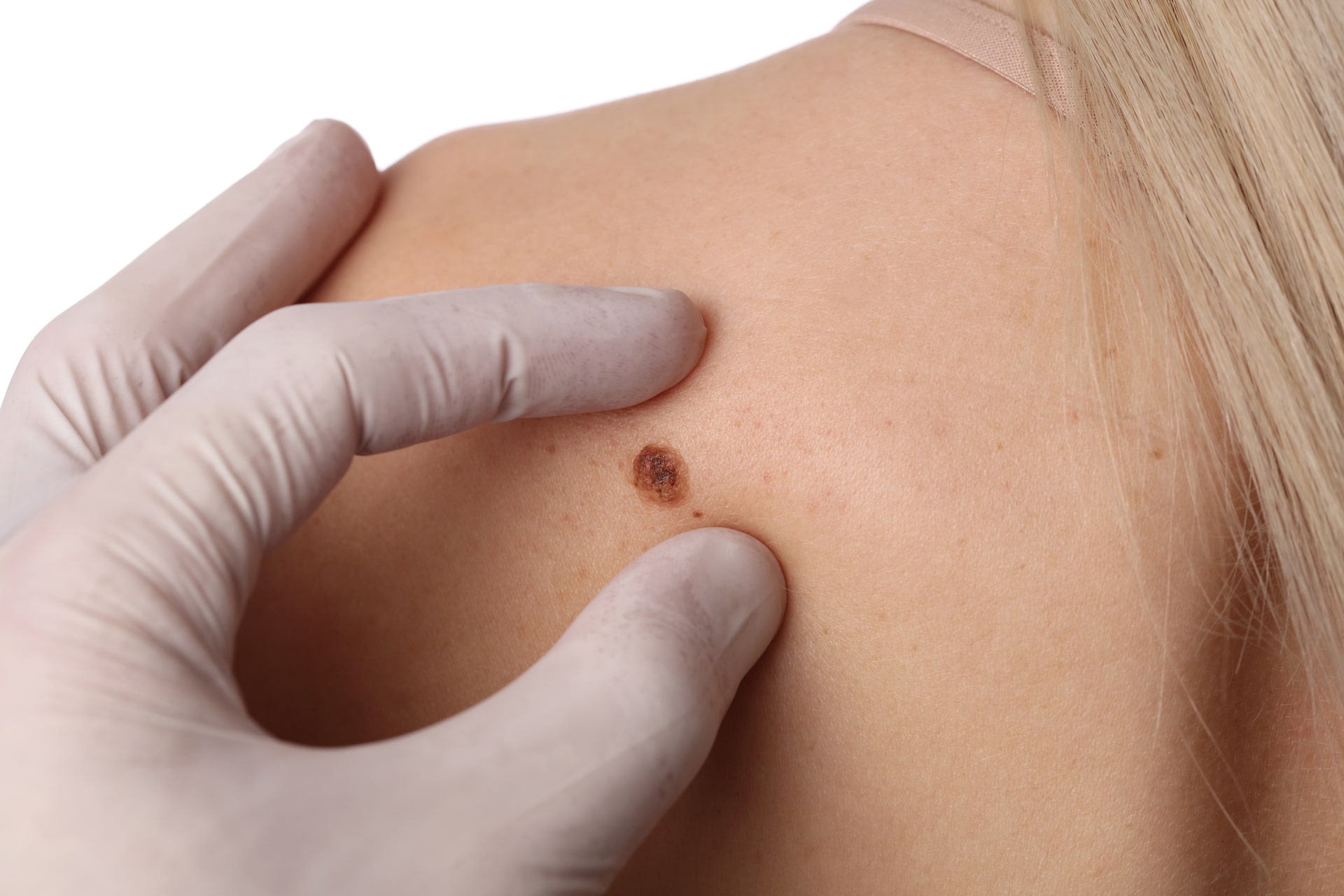Understanding TX Skin and Vein An Overview
TX Skin and Vein is a medical condition that affects the skin and veins, causing various symptoms and discomfort. It is crucial to understand the causes, symptoms, and available treatment options for this condition to effectively manage it and improve the quality of life for those affected.
What is TX Skin and Vein? TX Skin and Vein, also known as telangiectasia or spider veins, is a vascular condition characterized by the dilation of small blood vessels near the surface of the skin. These dilated blood vessels appear as thin, red, or purple lines on the skin, resembling spider webs or tree branches. While they can occur anywhere on the body, they are most commonly found on the face, legs, and chest.
Causes:
Several factors contribute to the development of TX Skin and Vein. Genetics plays a significant role, as the condition often runs in families. Hormonal changes, such as those occurring during puberty, pregnancy, or menopause, can also trigger the development of spider veins. Additionally, prolonged sun exposure, obesity, and occupations that involve prolonged standing or sitting may increase the risk of developing TX Skin and Vein.
Symptoms:
The most noticeable symptom of TX Skin and Vein is the appearance of small, dilated blood vessels on the skin's surface. These veins may be red, purple, or blue in color and can vary in size from small, fine lines to larger, bulging veins. While spider veins are generally harmless, they can cause discomfort, such as itching, burning, or aching sensations, especially when standing or sitting for long periods.
Treatment Options:
Several treatment options are available for managing TX Skin and Vein, depending on the severity of the condition and the patient's preferences. These may include:
Sclerotherapy: Sclerotherapy is a minimally invasive procedure that involves injecting a solution directly into the affected veins, causing them to collapse and eventually fade from view. This treatment is highly effective for small to medium-sized spider veins and typically requires multiple sessions for optimal results.
Laser Therapy: Laser therapy uses focused beams of light to target and destroy the affected blood vessels, leading to their gradual disappearance. This treatment is particularly effective for smaller spider veins and is often preferred for its precision and minimal downtime.
Vein Ablation: Vein ablation is a more advanced procedure that uses heat energy or radiofrequency waves to seal off and collapse the diseased veins. This treatment is typically reserved for larger varicose veins or cases where sclerotherapy and laser therapy are ineffective.
Lifestyle Modifications: In addition to medical treatments, making certain lifestyle changes can help manage TX Skin and Vein symptoms and prevent further progression. These may include maintaining a healthy weight, avoiding prolonged sun exposure, wearing compression stockings, and incorporating regular exercise into your routine.
TX Skin and Vein is a common vascular condition that can cause cosmetic concerns and discomfort for those affected. However, with the right treatment approach, it is possible to effectively manage the symptoms and improve the appearance of the skin. If you are experiencing symptoms of TX Skin and Vein, consult with a qualified healthcare professional to discuss the best treatment options for your individual needs.
For more info:-
